Vivekananda International Foundation (VIF) is a non-partisan think-tank of strategic and security affairs. Its guiding principle is "Nation First". Some of the country’s leading experts in the fields of security, armed forces, diplomacy, governance and academia have got together under its aegis to generate ideas and stimulate action for greater national security and prosperity. It works under the guidance of a registered trust with eminent people in public life as its trustees. It has an Advisory Borad and an Executive Council. both comprising people with the topmost level of professional accomplishments in their respective fields. The Director is the Chief Executive of the Foundation and he is nominated by the Trust.
One of the professed objectives of this Foundation is to reassess, formulate and develop India’s civilizational and cultural imperatives in an increasingly globalised world. The nation’s perception of its ancient India was conceived with this in mind. The aim is to put forward a nationalistic, factual and objective history of the ancient India past in eleven volumess. of ancient Indian history in the present series, the first two are concerned with the background of India’s historical developments. The third volume deals with the Aryan concept, the range of Vedic, Buddhist and Jaina texts and the basic outline of political history and administrarion up to The end of the Mauryas around 200 BC. The fourth and fifth volumes are concerned only with political history and administration between C. 200 BC and AD 1300, in which the development of regional powers and the interaction between these regional powers were played out on a pan-Indian scale. The sixth volume dwells on social, political and legal frameworks and institutions. The seventh volume is on economy: trade,crafts and agriculture. The eighth volume is about art and architecture, meaning thereby sculpture, painting, iconography, architecture and performing arts. The ninth volume focuses on religion, philosophy and literature, The tenth volume is about science, technology and medicine in ancient India and the eleventh volume examines ancient India’s role as a civilizational area in the form of its interactions with various other parts of the world.
Volume I, is about the genesis and the development of Stone Age cultures in the country. This is preceded by an examination of the historical diversity and richness of the Indian land and also of the various ideas pertaining to the physical elements of the people who inhabit this land. The prehistoric data available from the various parts of the country are scrupulously examined and they lead to the dominant impression of a seamless continuity through different prehistoric stages. What also emerges is the enormous hunting-gathering potential of the Indian landscape and the position of the Indian landmass in the general context of human evolution.
Volume II discusses the post-Stone Age developments, dwelling on a vast array of interlinked themes such as the beginning of food-production, the phenomenon of the Indus civilization in all its regional diversities and features, and finally, the establishment of a ‘village India’ on the subcontinental level and its transformation into the phase of early historic urban growth. The volume is titled Protohistoric Foundations because these contain the seeds of what we see in the later contexts including the village India that we can still see, despite the impacts of modern socio-economic forces around us.
The third volume has to begin with the Aryan problem on which scholars have written for close to three centuries. Much of what has been written still clings like mill-stones to our necks, and we have argued why and how we should get rid of the general obsession with this notion. We have denied that the entire corpus of the Vedic literature is anything but an interconnected corpus of Indian texts and has to be viewed thus historically. A scholarly review of the Buddhist and Jaina literature features next with the issues such as the dates of the Buddha and Mahavira. Orthodox political history is introduced with the Mahajanapadas contemporary with the life of the Buddha and Mahavira and the subsequent emergence of Magadha as the leading political power of the country. The beginning and end of the Mauryan power along with the earlier political episodes of the Achaemenid and Greek invasions bring the political history part of the volume to conclusion. Following this, there are chapters on the urbanism, inscriptions and coins of the period and notes on 21 major archaeological sites.
The fourth volume picks up the thread between the end of the Mauryan dominance and the growth of major regional powers around ad 750. This includes, on the one hand, the phase of the Kushanas who represent in a way the significance of the Oxus-Indus orbit in the course of Indian history and the resurgence of the Gangetic region under the Guptas on the other. We discuss also the development of Sangam literature and the ruling dynasties like Cholas, Cheras and Pandyas. Within this frame there were other political developments, each important in their own domain.
The fifth volume deals with the regional developments which have the added dimension of large-scale regional interactions. Each of the regional polities was strong on their own and shows awareness of areas far beyond the usual areas of their interaction.
From this point of view, the powers which grew up in the Ganga plains, central India, the northwestern part of India-Afghanistan, east India, the Deccan and the south give the political and administrative history of the land an aura of pan-Indian significance. The different stages through which Islam acquired power in India have been clearly outlined in this volume.

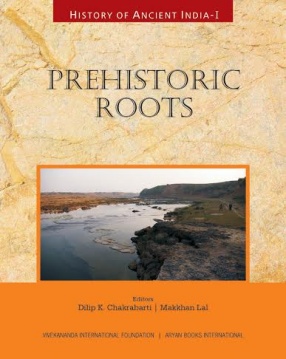
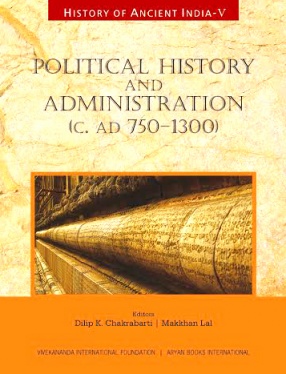
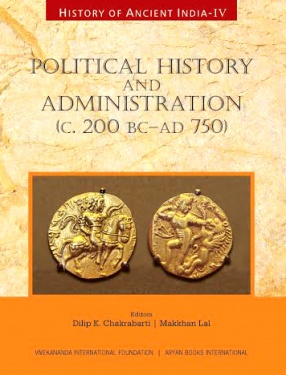
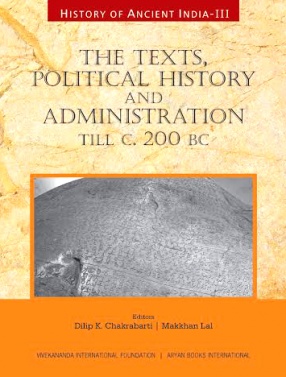
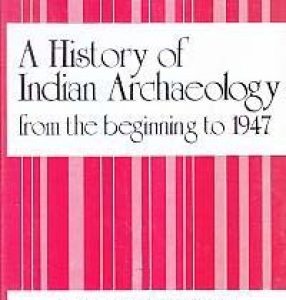
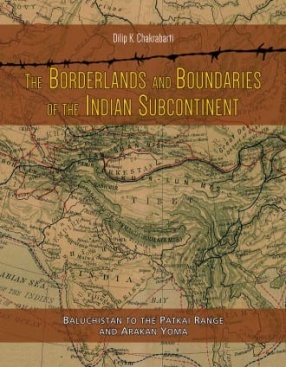

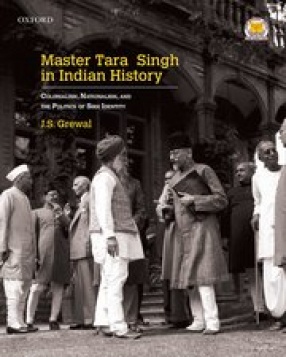


There are no reviews yet.